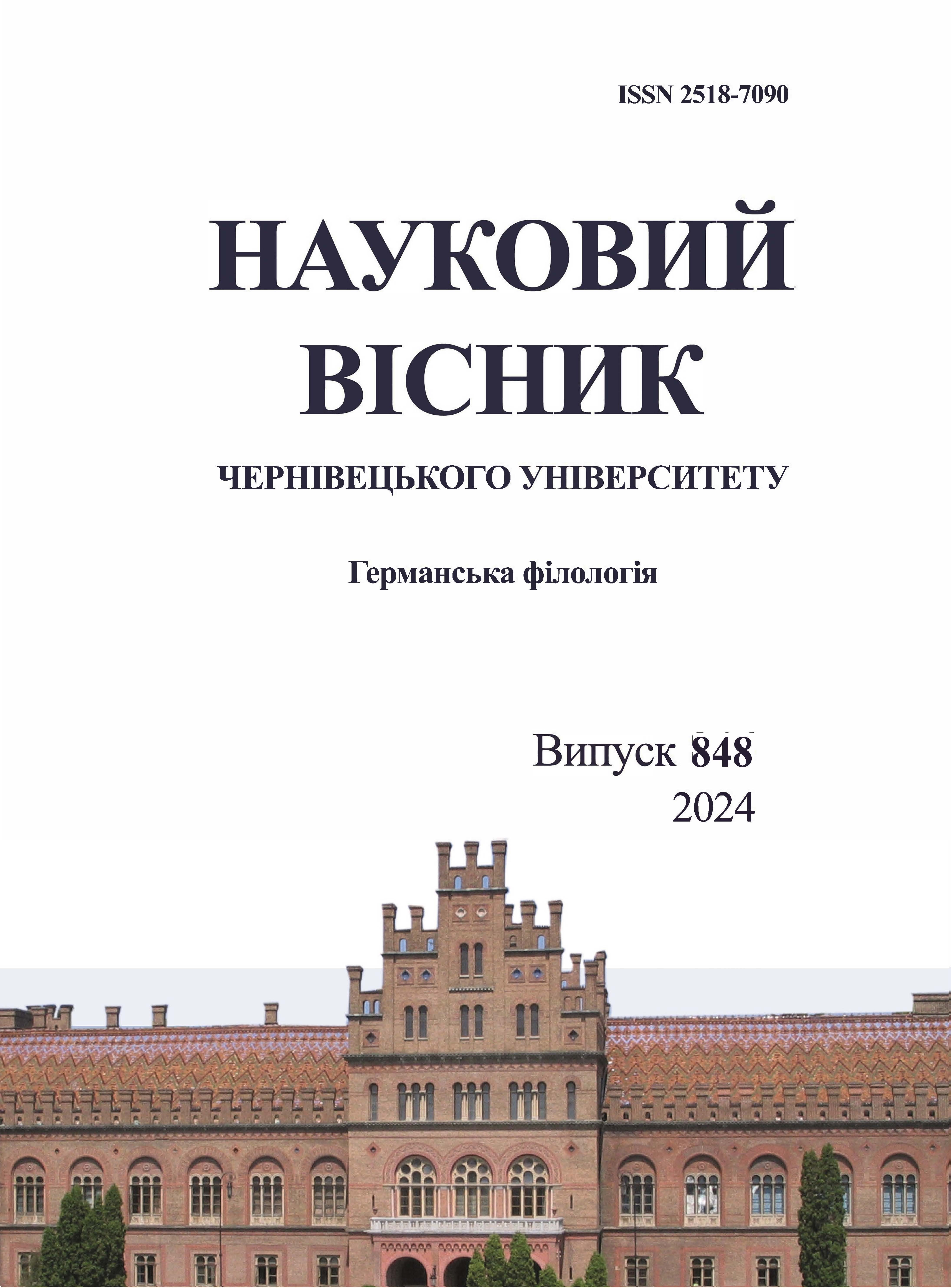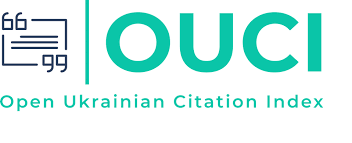ЕМОЦІЇ КРІЗЬ ПРИЗМУ НІМЕЦЬКИХ ПАРЕМІЙ
DOI:
https://doi.org/10.31861/gph2024.848.137-148Ключові слова:
емоції, природа емоцій, експліцитні емоції, імпліцитні емоції, емоційні патерни, варіанти емоції, пареміїАнотація
Статтю присвячено людським емоціям – динамічному, системному, соціально-психологічному явищу, що має лінгвокультурологічну специфіку та національні особливості. Вибір теми дослідження мотивовано духовною кризою людства загалом, і німецького етносу зокрема, а також антропоцентричним підходом до розгляду проблем сучасного мовознавства, периферійністю німецької мови як об’єкта дослідження. Гіпотетично, духовна криза пов’язана з відсутністю внутрішньої гармонії, зумовленої когнітивним дисонансом. Теоретично когнітивний дисонанс повинен стимулювати людину до пізнавальних процесів, збільшення знань про навколишній світ і себе в ньому, перевірки отриманої інформації, її критичного аналізу та встановлення істини. Психічний дискомфорт можна усунути через зміну поведінки або переконань, контроль емоцій, перегляд цінностей або суперечливих уявлень, збільшення емоціогенних знань тощо. Звертаємо увагу та той факт, що визначення емоції є відкритим, корелює з певним філософським ученням або певною біологічною, соматичною, психологічною, когнітивною, еклектичною, лінгвістичною чи іншою теорією емоцій.
Основна мета пропонованого дослідження полягає у спробі встановлення парадигми найбільш типових емоцій, пережитих німецьким народом упродовж багатьох віків та закарбованих у пареміях. Типовими визнаємо емоції, кодифіковані в текстовій тканині понад три рази. Незважаючи на великий теоретичний та практичний внесок філософів, психологів, етнографів, істориків, соціологів, лінгвістів, філологів у дослідження даної проблематики, багато аспектів залишаються не вирішеними, як-от: емоції у тексті, емоції у пареміях. У результаті проведеної роботи конкретизовано поняття "емоція", "емоція у тексті", "емоція у паремії", коротко схарактеризовано спосіб життя німців VIII–XVIII століть, наведено приклади, розглянуто експліцитні та імпліцитні емоції і їх варіанти, емоційні патерни і їх варіанти, виокремлено за семантичною ознакою позитивні, нейтральні, негативні та невизначені емоції і їх варіанти, підтверджено ідею про взаємозв’язок емоцій із життєвим та духовним досвідом етносу







